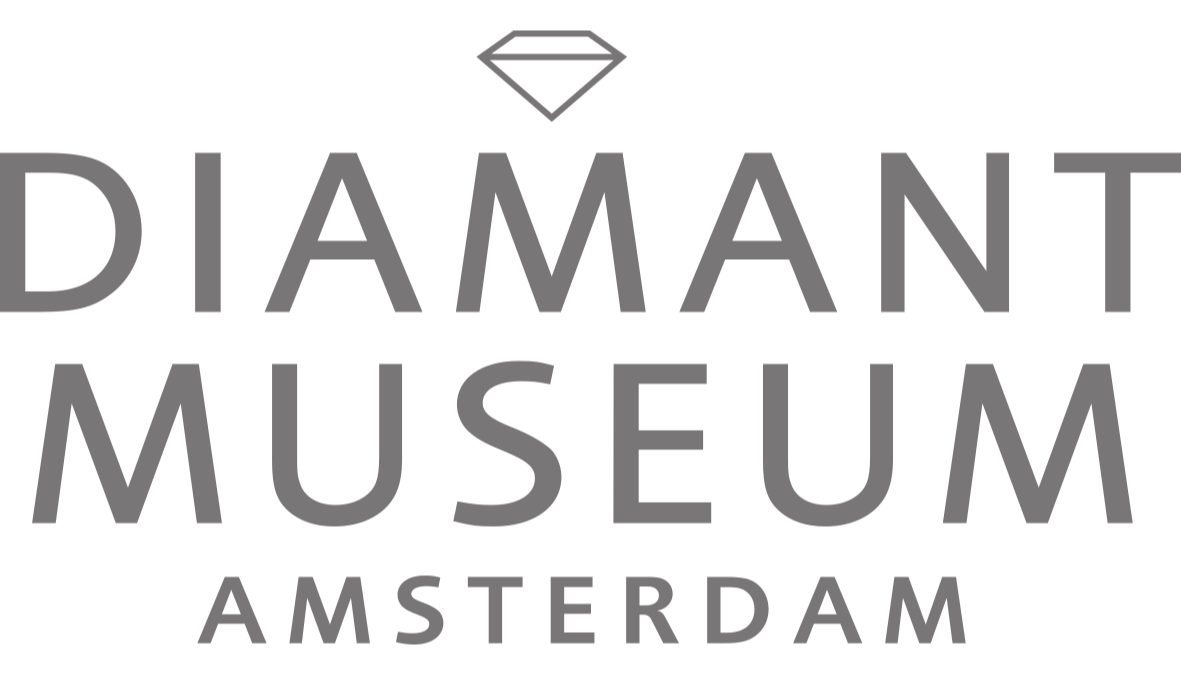Amsterdam City of Diamonds
For more than 400 years, Amsterdam is the City of Diamonds. The story of how Amsterdam became the diamond capital of the world, actually started over 600 years ago in Southern Europe.
The Moorish empire was in power; Jewish people were no longer welcome in Portugal and large areas of Spain. In fear of persecution, many Jews fled to the North. A lot of them ended up in Antwerp (Belgium). At first, this seemed a safe place to settle down and continue their craft of the processing of gems. The joy, however, wasn’t for a long time. Religious intolerance reached Antwerp a few years later. Again they had to find a new place to call home.
In that period of time, the Netherlands is known as the most tolerant country in Europe. The choice to move to Amsterdam, therefore, seemed an obvious one. A large part of the Jewish population came to Amsterdam. With them came the knowledge and craftsmanship of diamond cutting and polishing to Amsterdam.
Source: Royal Coster Diamonds
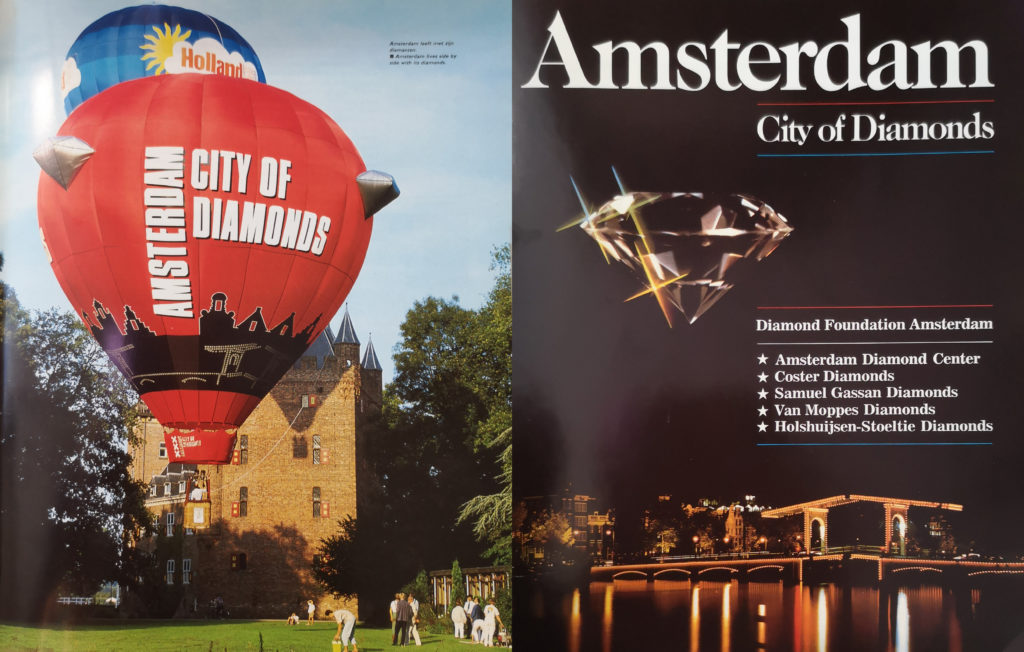
1500
The Portuguese open the shipping route to India around the southern tip of Africa. They become the greatest importers of rough diamonds. Diamond processing and trading take place chiefly in Lisbon.

1576
The Spanish Fury - a mutiny of Spanish troops who plundered Antwerp - and the fall of Antwerp in 1585 caused an enormous exodus of the population. Some settled in the Northern provinces of the Netherlands, and especially in Amsterdam. Among them were diamond workers.
‘During the Spanish Fury’, master from Antwerp, late 16th century. (Collection: Royal Museum of Fine Arts, Antwerp)
1580
Portugal is conquered by Spain. There commences a migration of Jews to the Republic of the Seven United Provinces of the Netherlands, where freedom of establishment and worship are guaranteed. They are not permitted to join a guild, however, and are only admitted to the ‘free’ professions. One of these is the diamond industry. Many settle in Amsterdam.
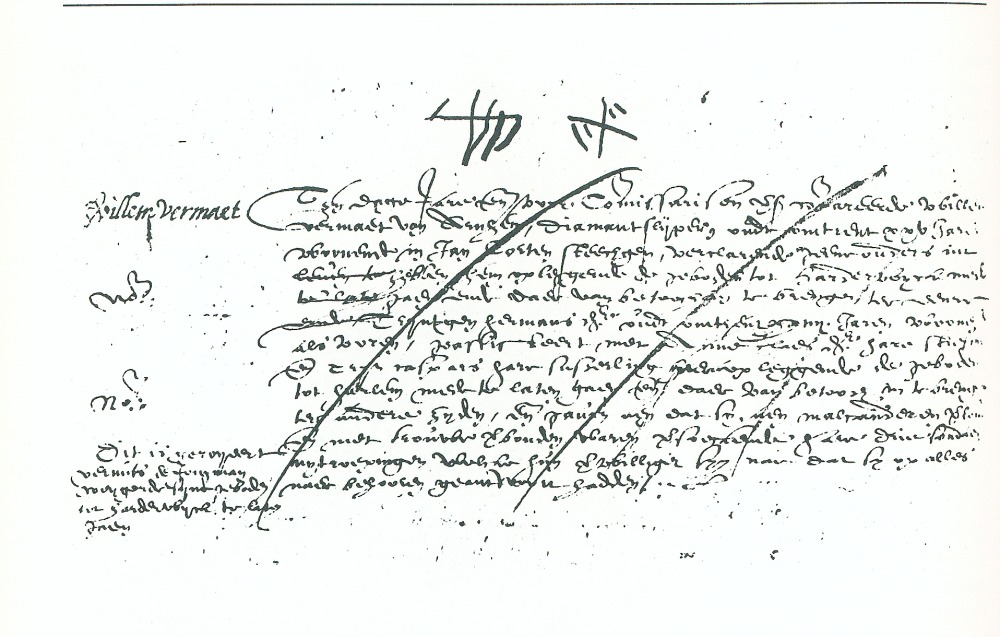
1586
On 15th November 1586, Willem Vermaet, diamond worker by profession, has himself entered as such in the Amsterdam marriage registers. Although the diamond trade had already existed for some time, this registration is the first document to show that Amsterdam has been known as the City of Diamonds for at least four centuries.
‘Trade in the harbour’, Claes Jansz. Visscher.(Collection: Rijksmuseum Amsterdam)
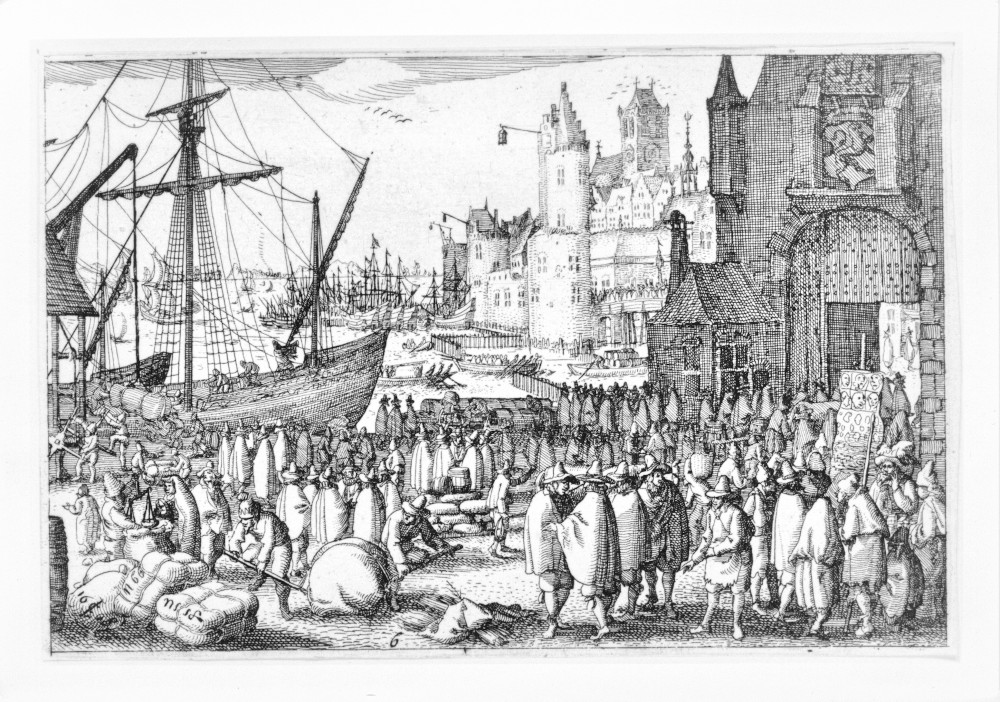
1636
Until roughly 1730, diamonds came principally from India and were initially transported via Lisbon to Antwerp (the older and more important centre of the diamond trade) and Amsterdam. From 1636 onwards, the United East-India Company took over the import. And with that, Amsterdam’s importance as the City of Diamonds increases. After 1668, importing was left to the English and London became the most important place for the import of rough diamonds. Processing continues to take place mainly in Antwerp and Amsterdam.
‘Handel in de haven’, Claes Jansz. Visscher. (Collection: Rijksmuseum Amsterdam)
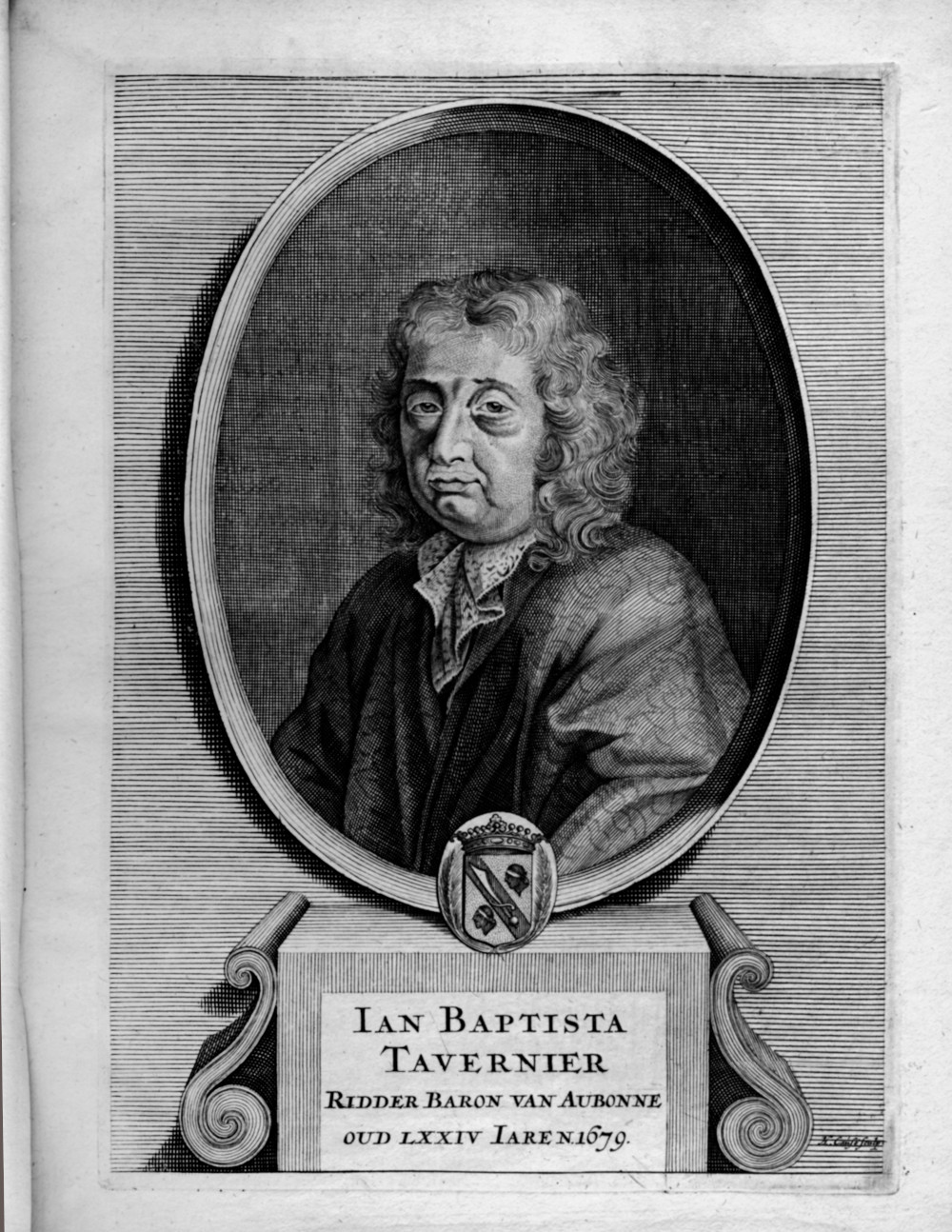
1682
Jan Hendrik Glazemaker translates into Dutch the influential book of Jean Baptiste Tavernier and his experiences with diamonds. It is published under the title ‘The six journeys (to Turkey, Persia and the Indies, by all the roads which thither lead)’.
Title and portrait pages, and two other pages from ‘The Six Journeys’ by Jean Baptiste Tavernier. (Private collection)
1685
In France, King Louis XIV revokes the Edict of Nantes. Thereby, Protestants are outlawed. All 75 master diamond polishers leave the country and settle in Amsterdam.
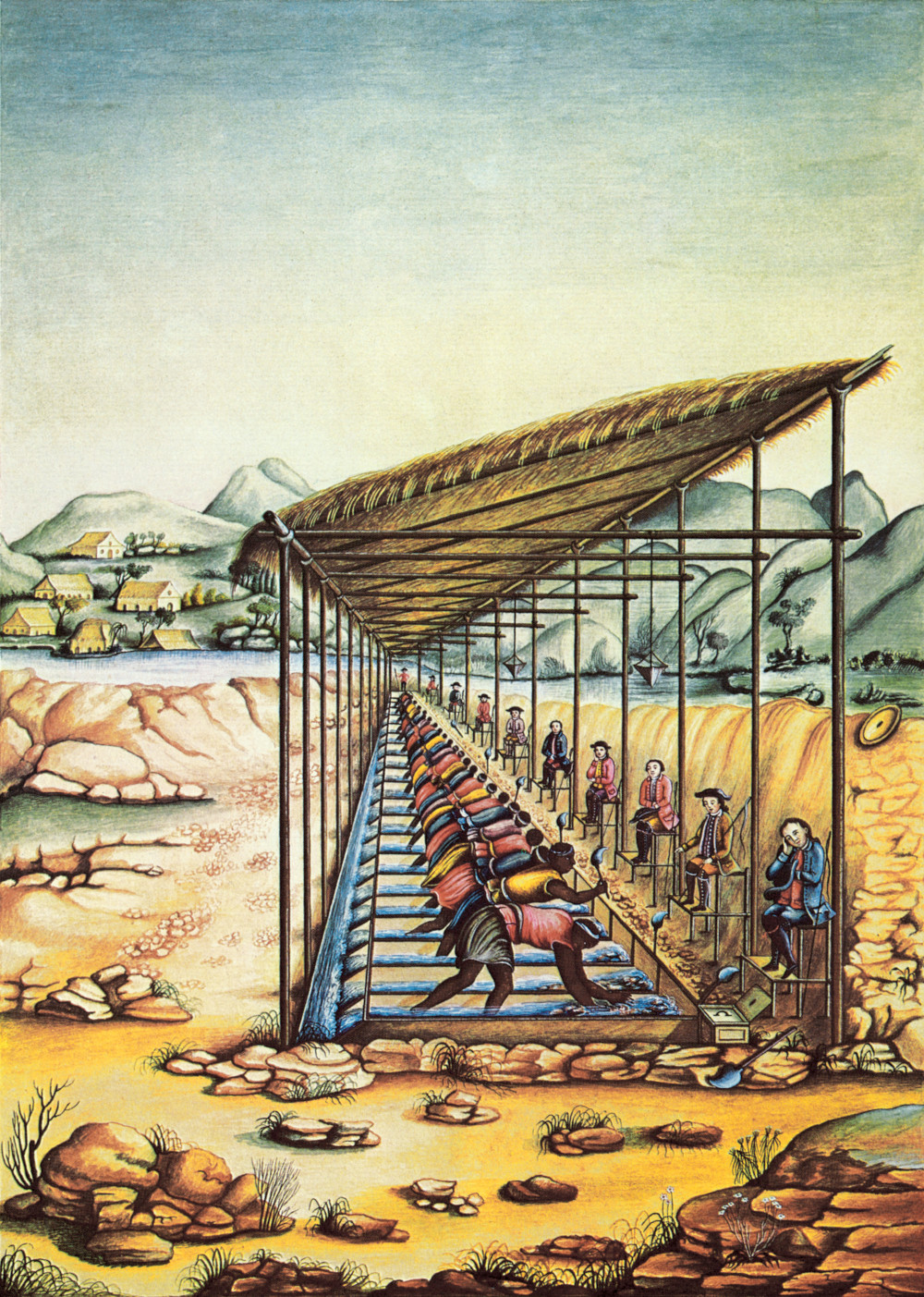
1727
Until 1727, diamonds came principally from India. In that year, however, diamonds were found in Brazil too, and in 1735 the Dutch succeeded in obtaining the sales monopoly for Brazilian diamonds. That meant practically the entire world production, because the mines in India were then hardly producing anything at all any longer, and the diamond finds elsewhere, such as in Borneo, were not particularly large either. With these imports, Amsterdam - at the expense of Antwerp - became the most important polishing and trading city of that period.
Slaves wash diamond-bearing rock under the supervision of slave drivers, anonymous, late 18th century. (Collection: National Library, Rio de Janeiro)
1750
With so much prosperity, the diamond trade in Amsterdam was able to increase fourfold, and around 1750 six hundred families made a good living from it.
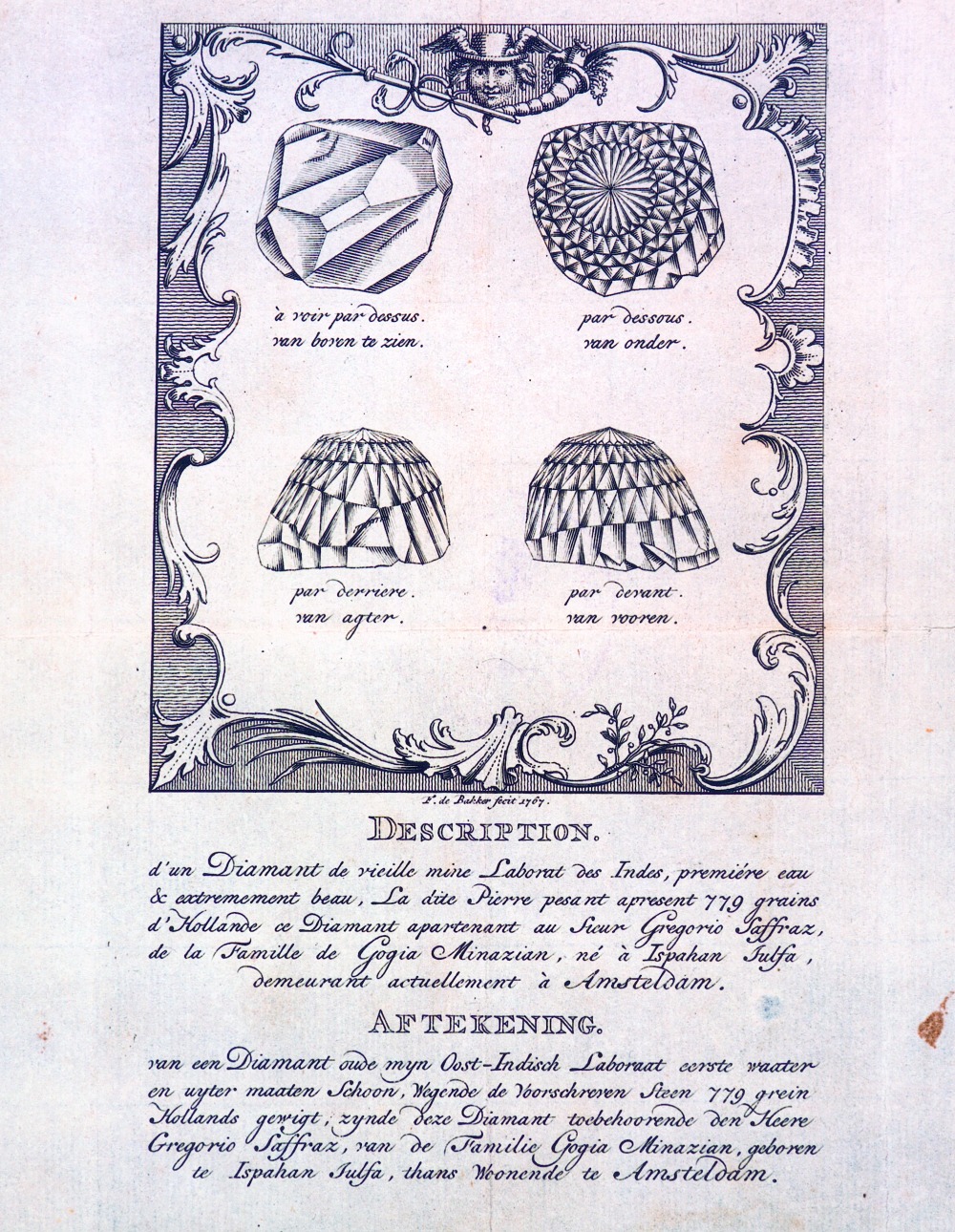
1767
On 1st October, Gregorio Saffraz, of the Persian city Isfahan, deposited at the Amsterdam Exchange Bank a small package stamped with three red wax seals; inside it was a diamond weighing 779 Dutch grains. Some years later this stone, 198.645 carats in weight and strikingly faceted, was sold to the Russian count Grigori Orlov, who gave it to the Czarina Catherine the Great. Since then the stone, known as the Orlov, has been part of the crown jewels of Russia.
The diamond that Gregorio Sagffraz acquired in Isfahan, and Which was purchased in Amsterdam by Count Orloff, in rough and polished form. (Collection: Amsterdam Municipal Archives)
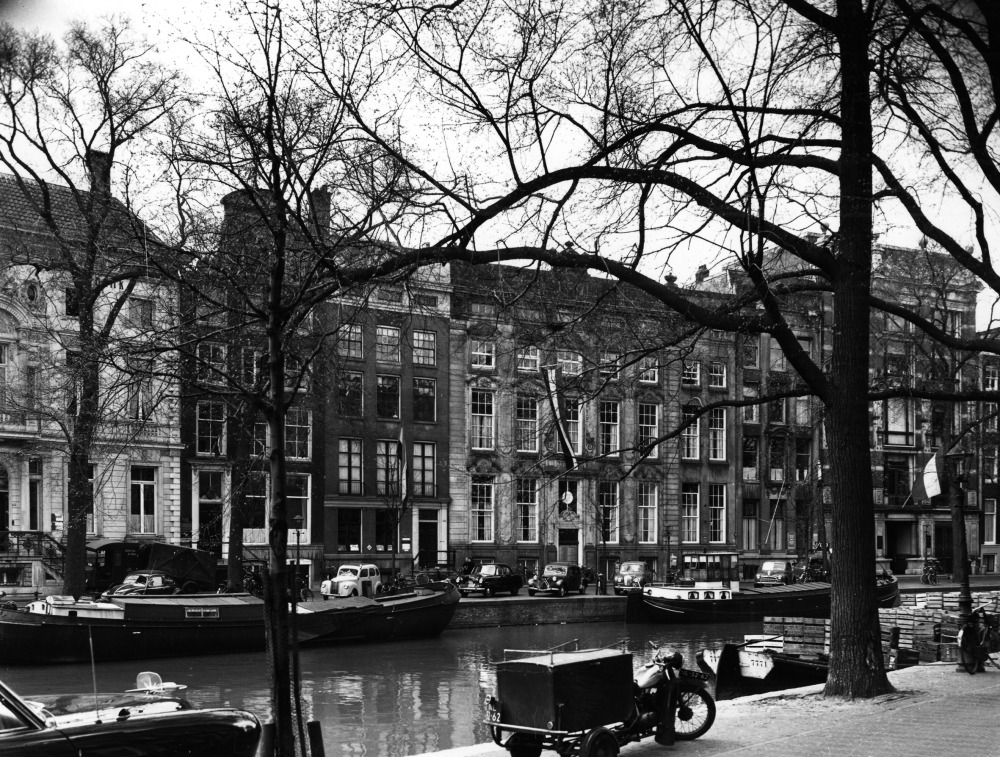
1791
The Amsterdam banking firm Hope & Co. becomes the sales agent for Brazilian diamonds for the Portuguese leaseholder Joachim Pedro Quintella. In 1794, the firm was established in London. It was the banker Henry Philip Hope who in 1830 bought the famed blue diamond which was named after him: The Hope.
The Hope banking family resided in a large canal house in Amsterdam since 1722. Ownership of the Hope & Co Bank Transferred into English hands in 1813. (Collection: Amsterdam Municipal Archives)
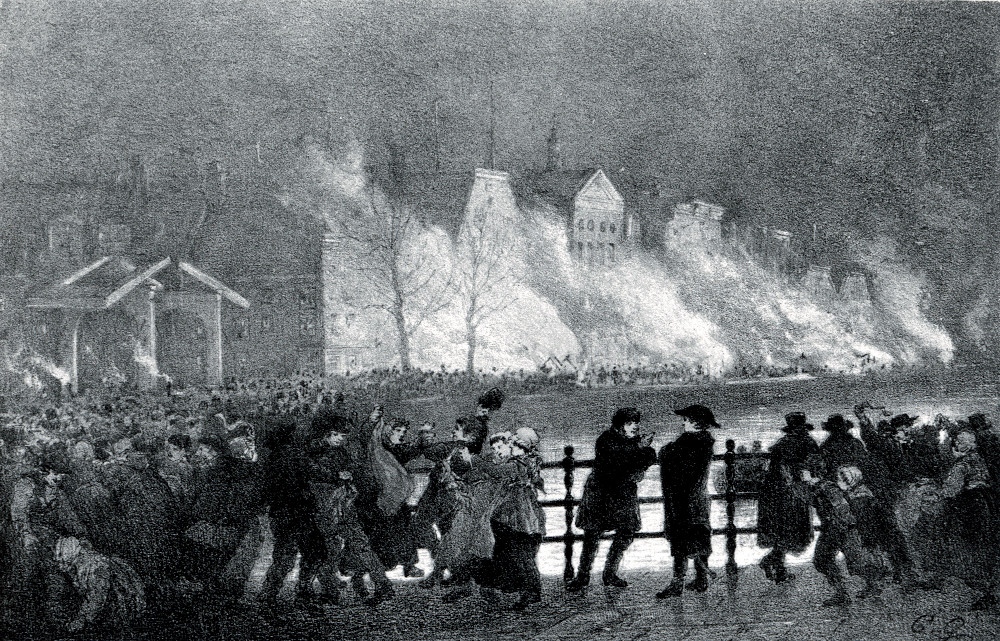
1800
Because of the French conquest of the Netherlands, which lasted from 1810 to 1813, imports from England, with which France was at war, were stringently restricted. In that period, it was principally the London firm Hope & Co which attended to the transport of diamonds to Amsterdam. The diamond industry in the first decades of the 19th century was a cottage industry; the polishing was mainly carried out by home-workers. Women and children provided the power for driving the polishing wheels.
Burning French customs offices in Amsterdam in 1813. Litho by J.C. Greive (circa 1850). (Collection: Taxes & Customs Museum Rotterdam)
1822
The first polishing factory was built in which the polishing wheels were driven with the aid of horses. The cleaving and bruting of diamonds remained a cottage industry.
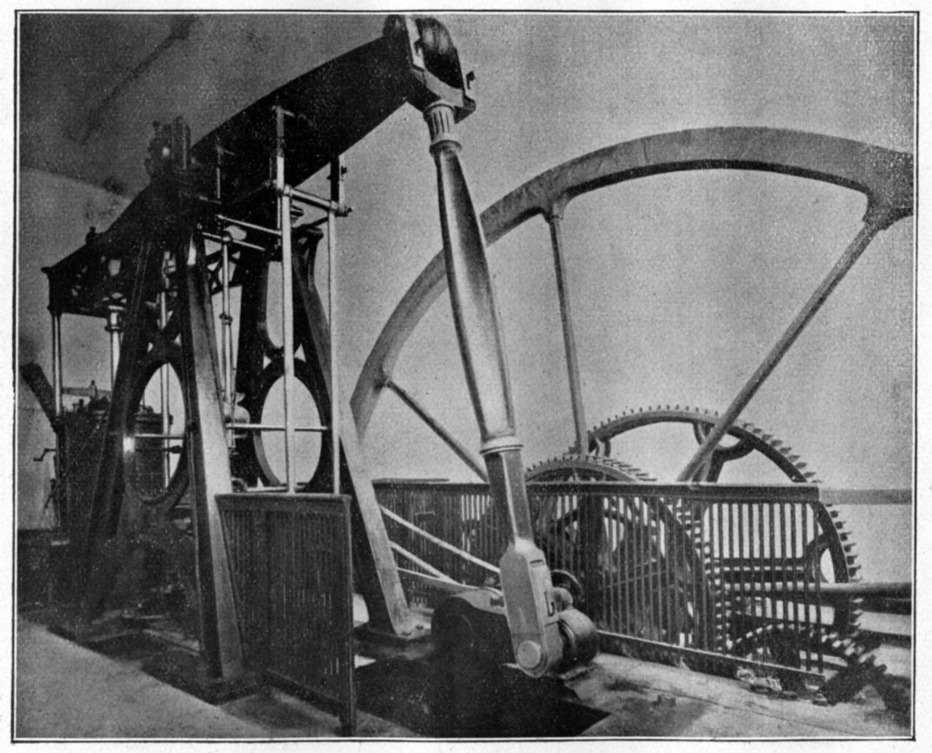
1840
The first steam driven polishing factory was established by diamond company Hont in the Rapenburgerstraat. Establishment of the diamond polishing Coster
Steam-driven machines propelled the industrial revolution. Diamond polishing factory M.E. Coster, Amsterdam
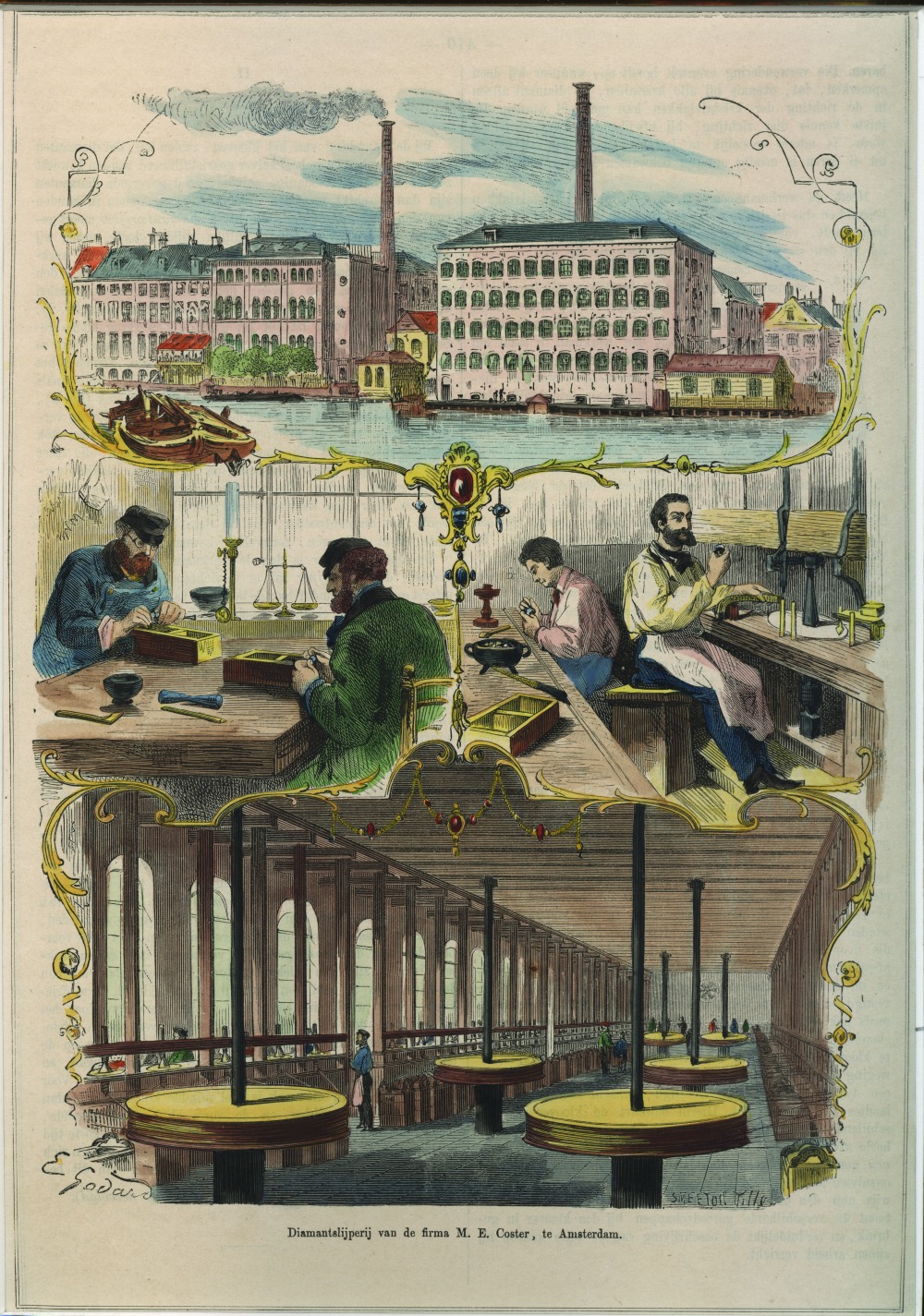
1840
Foundation of the diamond company Coster. Diamant Slijperij M.E. Coster, Amsterdam
1844
New, rich, diamond mines are opened in the Brazilian province of Bahia. Large scale imports get underway, resulting in a strong revival of the diamond industry in Amsterdam
1845
The Diamond Polishers Association is set up, in which nearly all Amsterdam diamond merchants - also called jewellers - participate, and from which the independent polishers can hire polishing wheels. The firms Arons and Coster remain outside this association. The participants in the Diamond Polishers Association undertake to have their diamonds polished by the independent polishers, in one of the Association’s polishing factories. In order to bind the independent polishers to the Association, the Diamond Polishers’ Fund is established, to give aid in the event of sickness, old age or invalidity, and to provide benefits to widows and orphans.
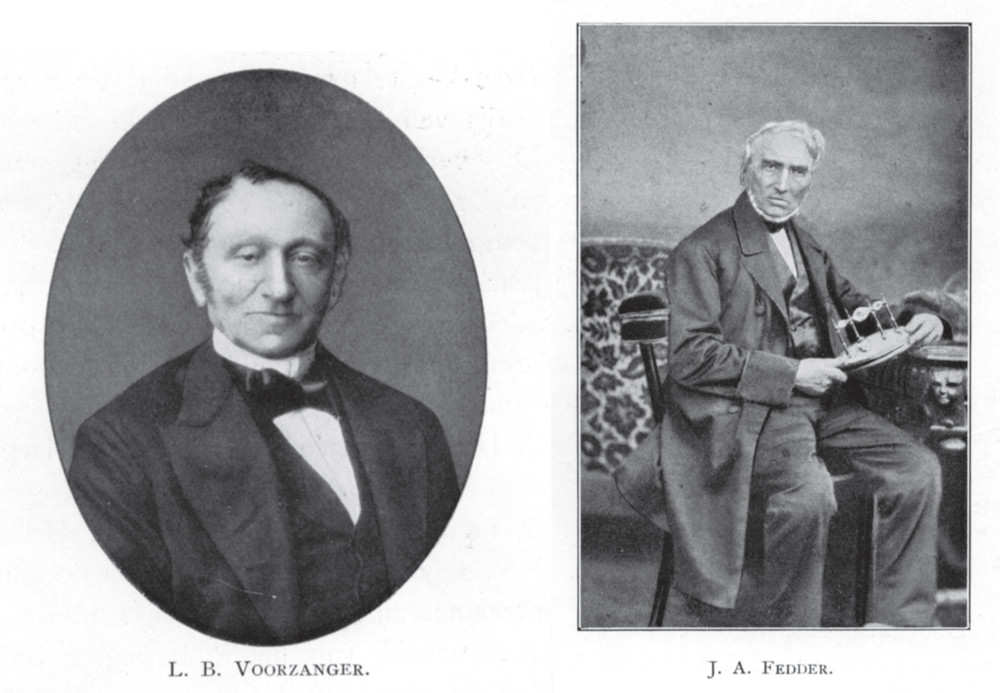
1852
In the workplace of the English court jeweller Garrard in London, on Friday 17th July, the Dutchmen L.B. Voorzanger, a polisher by profession, and the girdler J.A. Fedder, both of the firm Coster, commenced the delicate work of re-faceting the 186-carat Koh-i-Noor, in order to lend a more beautiful brilliance to this historic diamond.
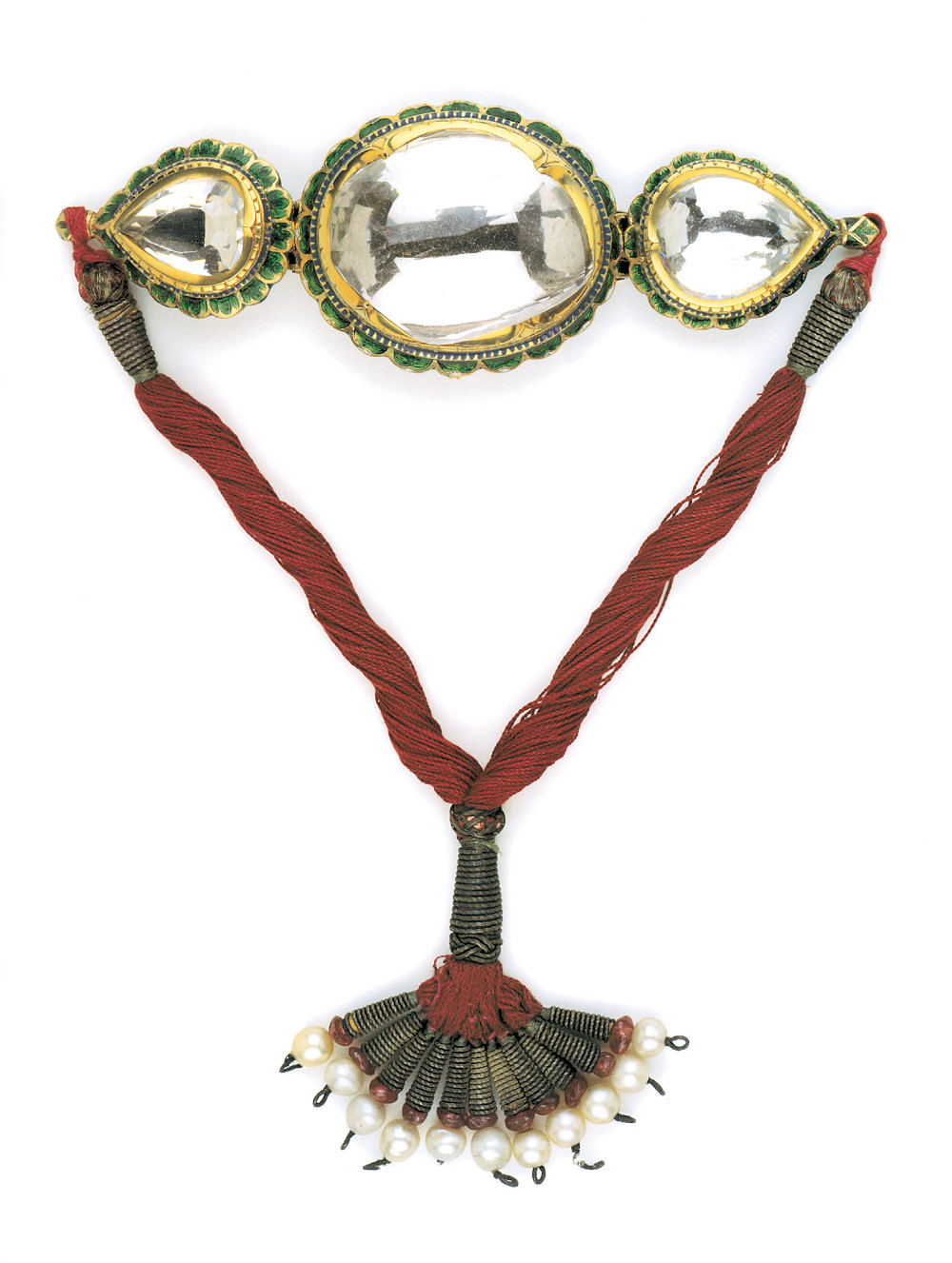
1852
The Koh-i-Noor, before it's recutting, was worn set in an armlet between two smaller diamonds by Maharaja Ranjit Singh.
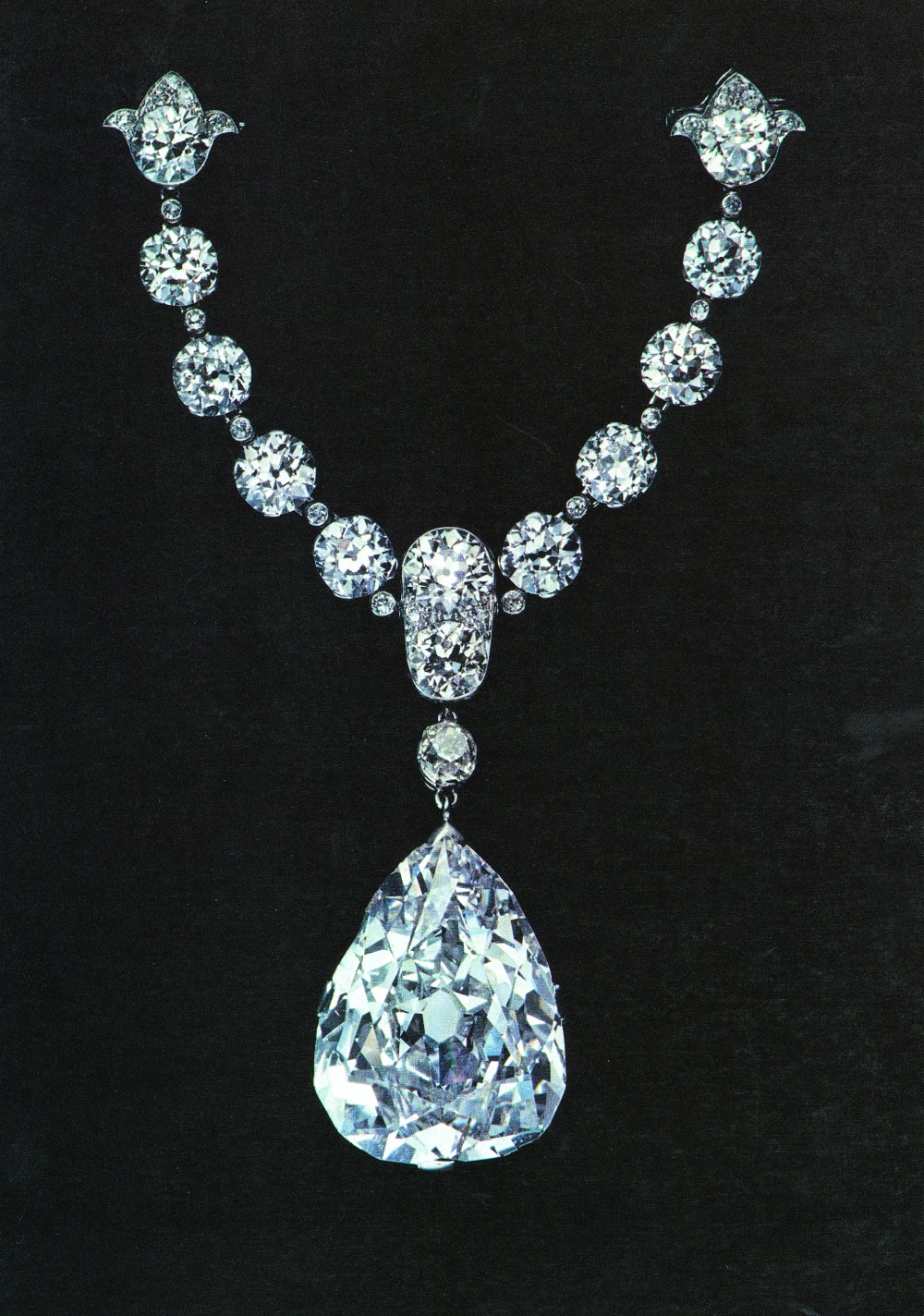
1853
A year after a diamond weighing 254.18 carats was found in the Bagagem mine in Brazil, the firm of Martin E. Coster was charged with the task of faceting the stone. After three months, the result was the 128.8-carat Star of the South, which, partly through the craftsmanship of polisher Voorzanger, displays a rosy glow from a certain angle. For his craftsmanship, during the Paris World Fair of 1855 Voorzanger received the silver medal as ‘contre maître’, or foreman.
1859
The Bandjermasin is closely linked with Dutch colonial history. The rough stone of 70 carats was the property of the Sultan of Bandjermasin (Borneo), but was claimed by the Dutch colonial government, together with all the other state jewels, when the sultanate was dissolved in 1859. There were repeated attempts to sell the stone after its arrival in the Netherlands, but no buyer could be found. Not even after it had been polished by the Israël Company into a cushion-shaped brilliant of 38.22 carats. Ultimately, the ‘magnificent white’ stone, which however is not entirely without flaw, ended up in the collection of the Rijksmuseum. It is seldom put on public display.
1867
The first large diamond found in South Africa was called Eureka. (Greek for ‘found’). That was in 1866. Only two years later, when a second, even larger stone, the Star of South Africa, was found, the great diamond rush broke out. The Eureka weighed 21.25 carats and was presented to the public at the World Exhibition of 1867 - 1868 in Paris. Afterwards it was cut into a brilliant 10.73 carats by Martin Coster. In 1966, a hundred years after its discovery, Harry Oppenheimer, director of De Beers, bought the Eureka from its private owner. In 1983 he offered it to the people of South Africa. It was initially exhibited in the parliament building, but can now be seen in the Mine Museum in Kimberley.
1869
When yet again a large rough diamond is found in South Africa, in 1869, this time one of 83.50 carats, that is the start of the ‘diamond fever’. From that moment on, a horde of fortune-hunters descended on the diamond fields along the banks of the Vaal and the Oranje rivers. The giant diamond is faceted to a pear-shaped stone 47.69 carats in weight, and is known as the Star of South Africa.
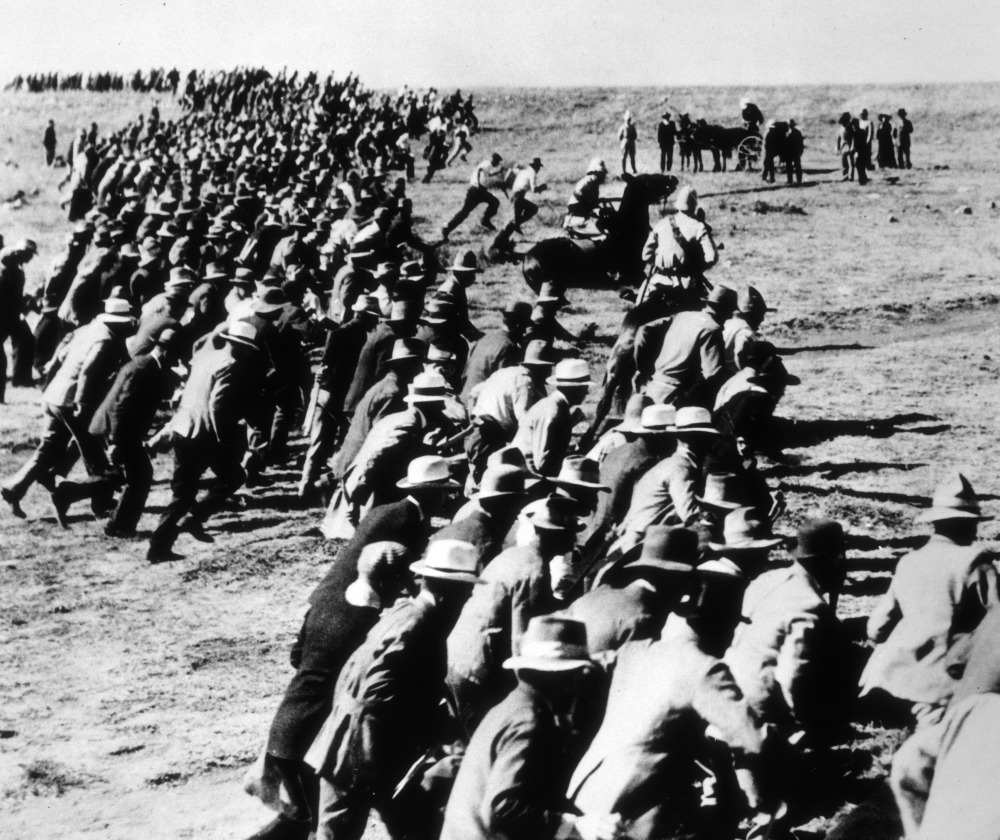
1870
In 1870 the first consignment of diamonds from South Africa arrived in Amsterdam, the start of a fairy-tale period for the diamond industry - the Cape Period, which lasted until 1873. The global demand for polished diamonds exceeded the supply. There was a great need of craftsmen. The average weekly wage of a polisher could in those days amount to even ten times that of an ordinary worker. The Cape Period lasted but a few years; thereafter, the trade collapsed. Larger companies experienced difficulties. The so-called ‘self-employed’, polishers with a wheel at home, were able to produce at lower costs, and survived more easily.
Concession holders raced to be the first to take possession of one of the established diamond claims in the South African town Lichtenberg in 1926.
1879
As a National Tribute to Queen Emma, the firms Jitta and La Chapelle created a rivière (necklace) with 34 brilliants, and a brooch with 214 diamonds.
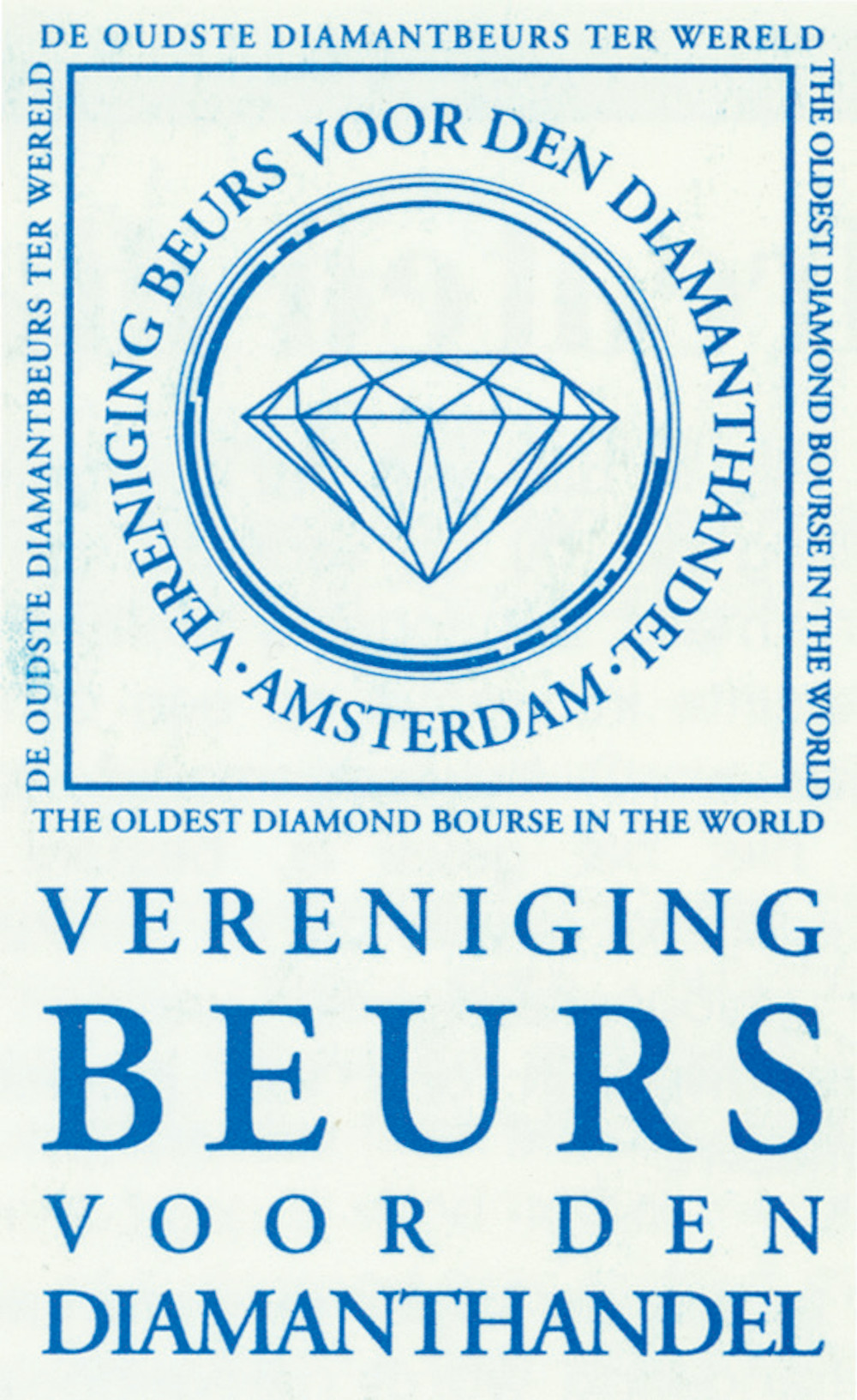
1889
In the 1870s, in Amsterdam, the first diamond trading association was established in the building known as Het Vosje, on the Rokin. In 1881 the Central Diamanthandelsbond (‘Central Diamond Trades Confederation’) was established on the Nieuwe Herengracht, followed by the Vereeniging Beurs van den Diamanthandel (‘Association of the Diamond Trading Bourse’) on 11th December 1889, the first diamond exchange in the world. Even at that date, 331 members were registered. By 1907 that number had already grown to 1000. In 1990 there were 200 members.
The ‘Vereeniging Beurs voor den Diamanthandel’ (Association of the Diamond Trading Bourse) originally met de Casino building on Waterlooplein in Amsterdam. (Collection: Vereeniging Beurs voor den Diamanthandel)
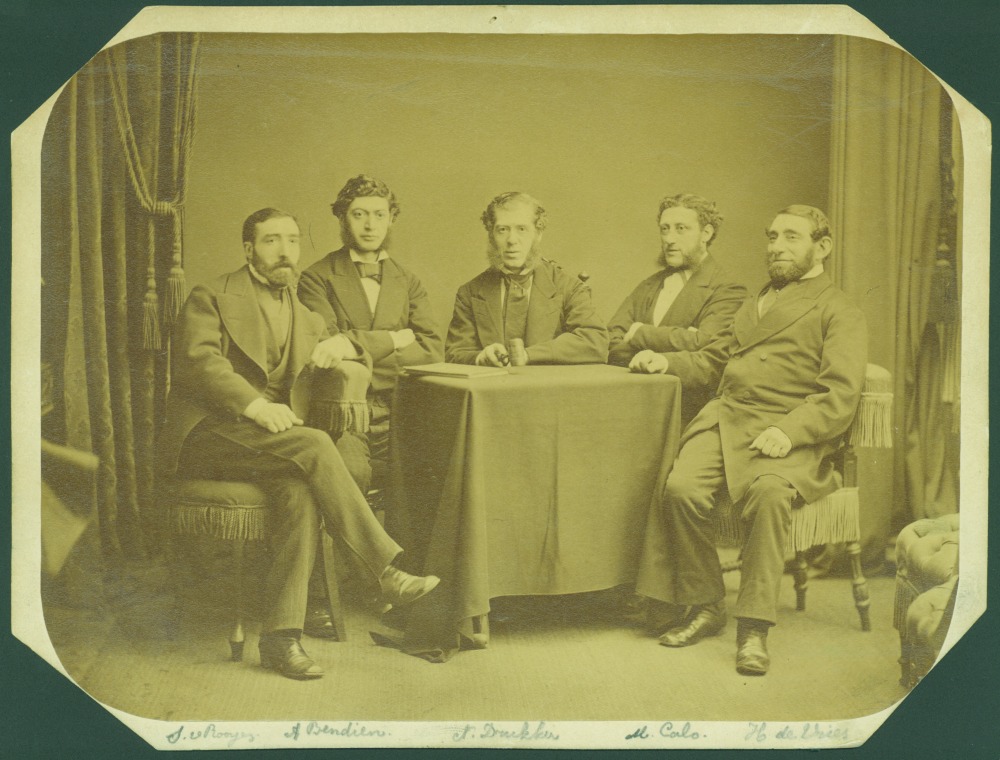
1894
In 1894 the diamond workers organised themselves into a trade union. The Algemene Nederlandse Diamantbewerkers Bond (ANDB - General Dutch Diamond Workers Union) was established, and came under the leadership of Henri Polak
1895
In the Jagersfontein mine in South Africa, a diamond weighing 650.80 carats is found. The firm Metz is commissioned to facet this diamond. Polisher M.B.Barends cleaves and facets the diamond into a pendeloque of 13.34 carats and a cushion shaped stone of 245.35 carats. The latter, in reference to the diamond jubilee of the English Queen Victoria, was named the Jubilee. The employers in the diamond industry formed the Amsterdam Jewellers Association.
1900
As a result of the activities of the trade union, wages were high, but profit margins were small. Trade declined. Many diamond workers emigrated to the United States or to Antwerp. Amsterdam maintains its position as a centre where, by tradition, the larger, highgrade diamonds are polished and traded.
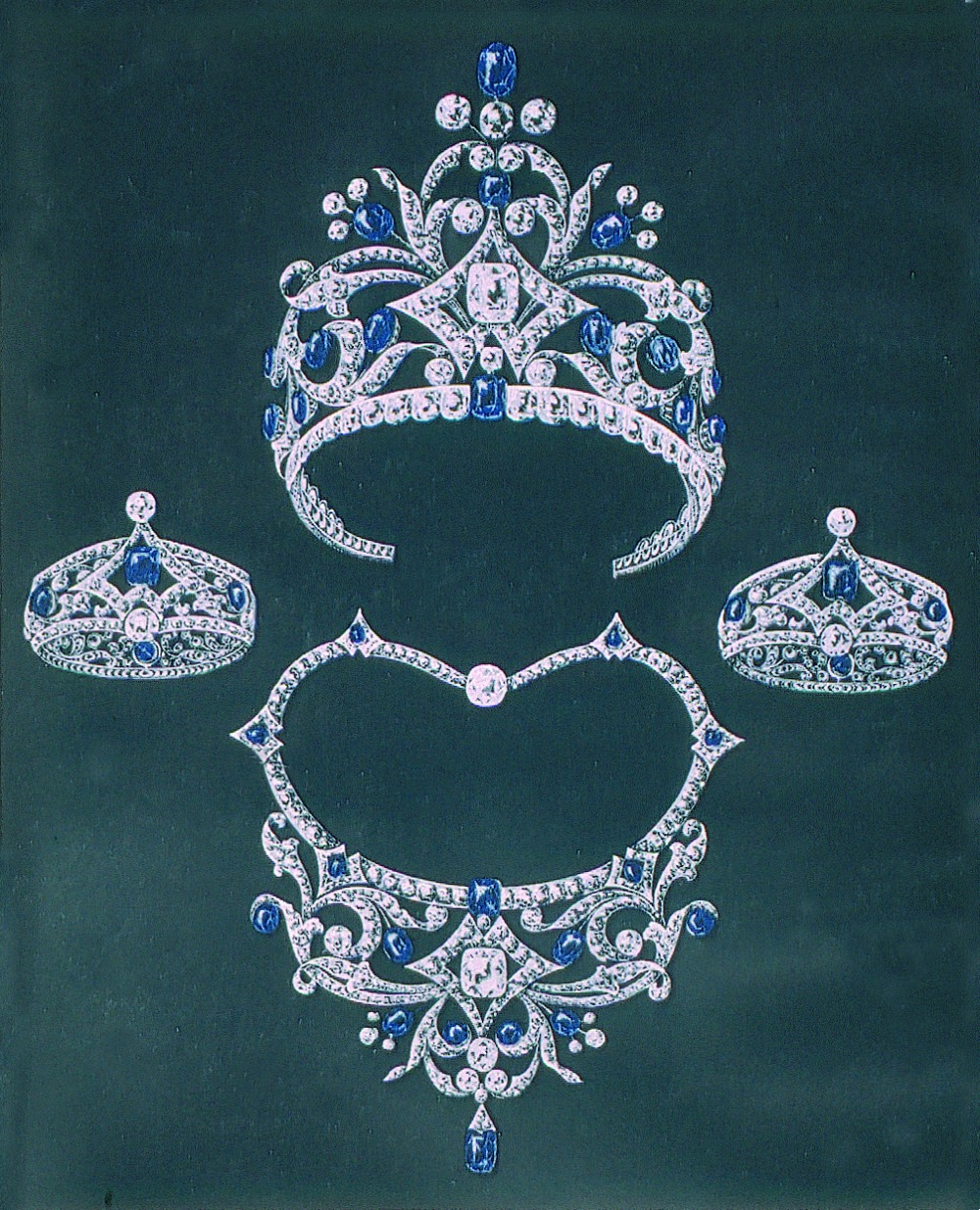
1901
In connection with the marriage of Queen Wilhelmina of the Netherlands, money is collected, and with the proceeds a set of jewellery for the young queen is created. In the necklace ‘a large brilliant of the purest water sparkles, while the tiara incorporates a brilliant larger than a pigeon’s egg, and as pure as a drop of dew’.
1903
In 1893, in the Jagersfontein mine in the South African Orange Free State, a stone weighing 995.20 carats was dug up. It has been given the name Excelsior. It proved to be the largest rough diamond in the world at that time. At the firm of Asscher, Henri Koe faceted in 1903 from 21 stones of various sizes, of which the 16 biggest have been numbered.
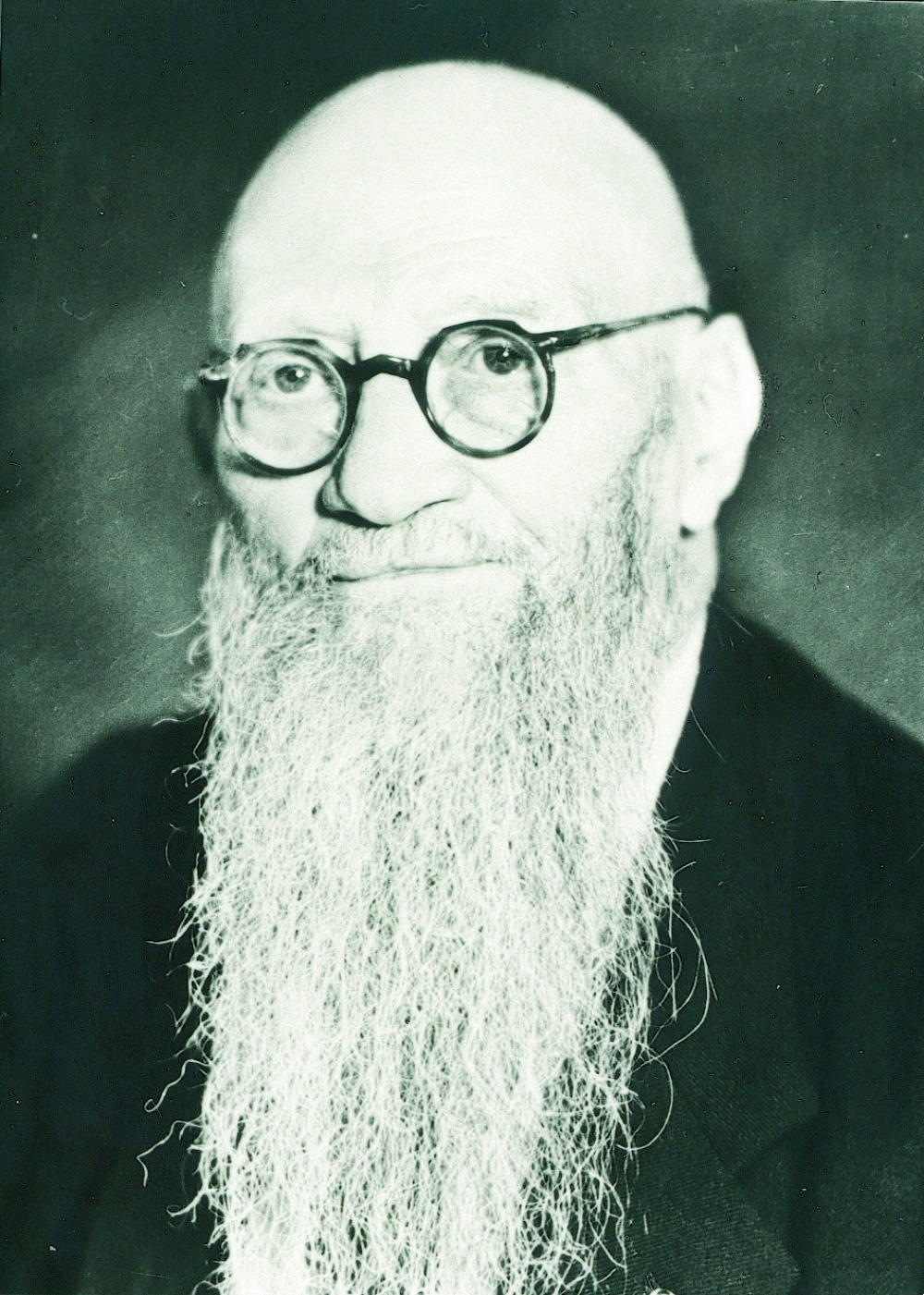
1905
In 1905, Jan van Zutphen, committee member of the Diamond Workers Union (ANDB), established the so-called Copper Handle Fund, which successfully engaged in the struggle against the ‘white plague’ (TB). The fund owes its name to the copper handles to which are attached the lead drop in which the diamond is held in place during the faceting. Over the course of time, the copper handles broke. They were donated to the fund, raising a great deal of money. With this money and other donations from the diamond industry, the sanatorium De Zonnestraal, among other things, was established, where diamond workers suffering from TB were nursed.
Jan van Zutphen (1863 - 1958), founder of the ‘Koperen Stelen Fonds’ (Copper Handl Fund). (Photo from 1953)
1908
In 1905, in the South African province of the Transvaal, a rough diamond was found - the largest ever discovered in the world to the present day. The Cullinan, named after the director of the mine, weighed 3106 carats. The firm Asscher was commissioned in 1908 to cleave and facet the ‘Cullinan’. That resulted in 96 small and 9 large stones, of which the Cullinan I or Great Star of Africa - with a weight of 530.20 carats, the second-largest cut diamond in the world - adorns the top of the English royal sceptre.
BR>The Diamond Bourse on the Weesperplein in Amsterdam. (Collection: Vereeniging Beurs voor den Diamanthandel)
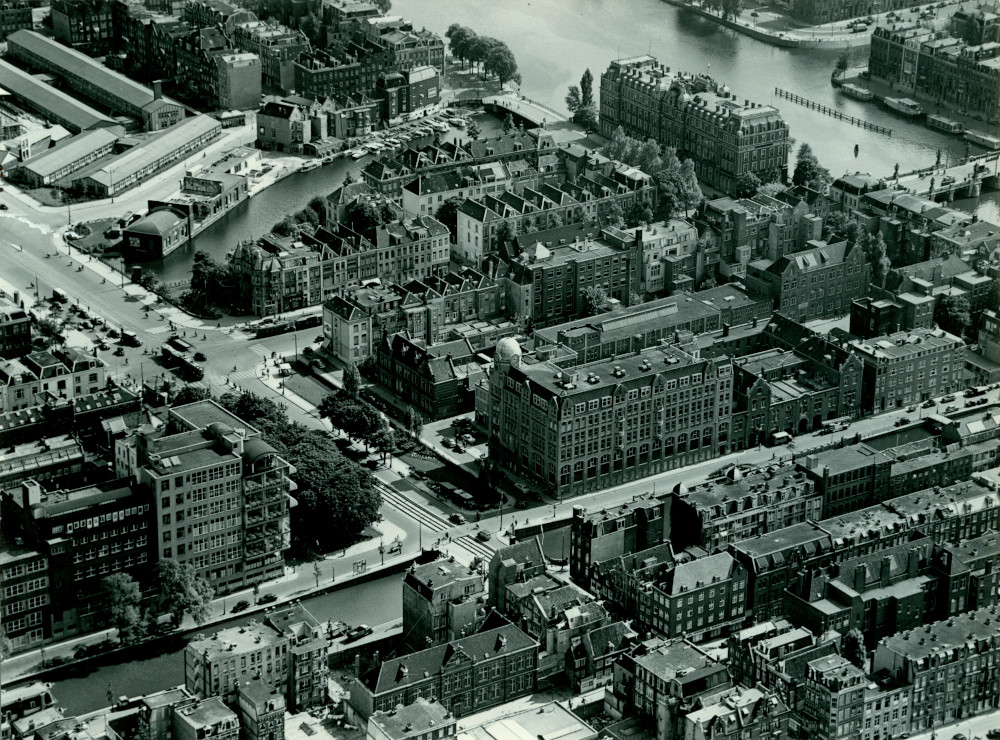
1911
On the Weesperplein, on 18th September 1911, the Bourse for the Diamond Trade was opened, a building designed by the architect Gerrit van Arkel (1858 - 1918).
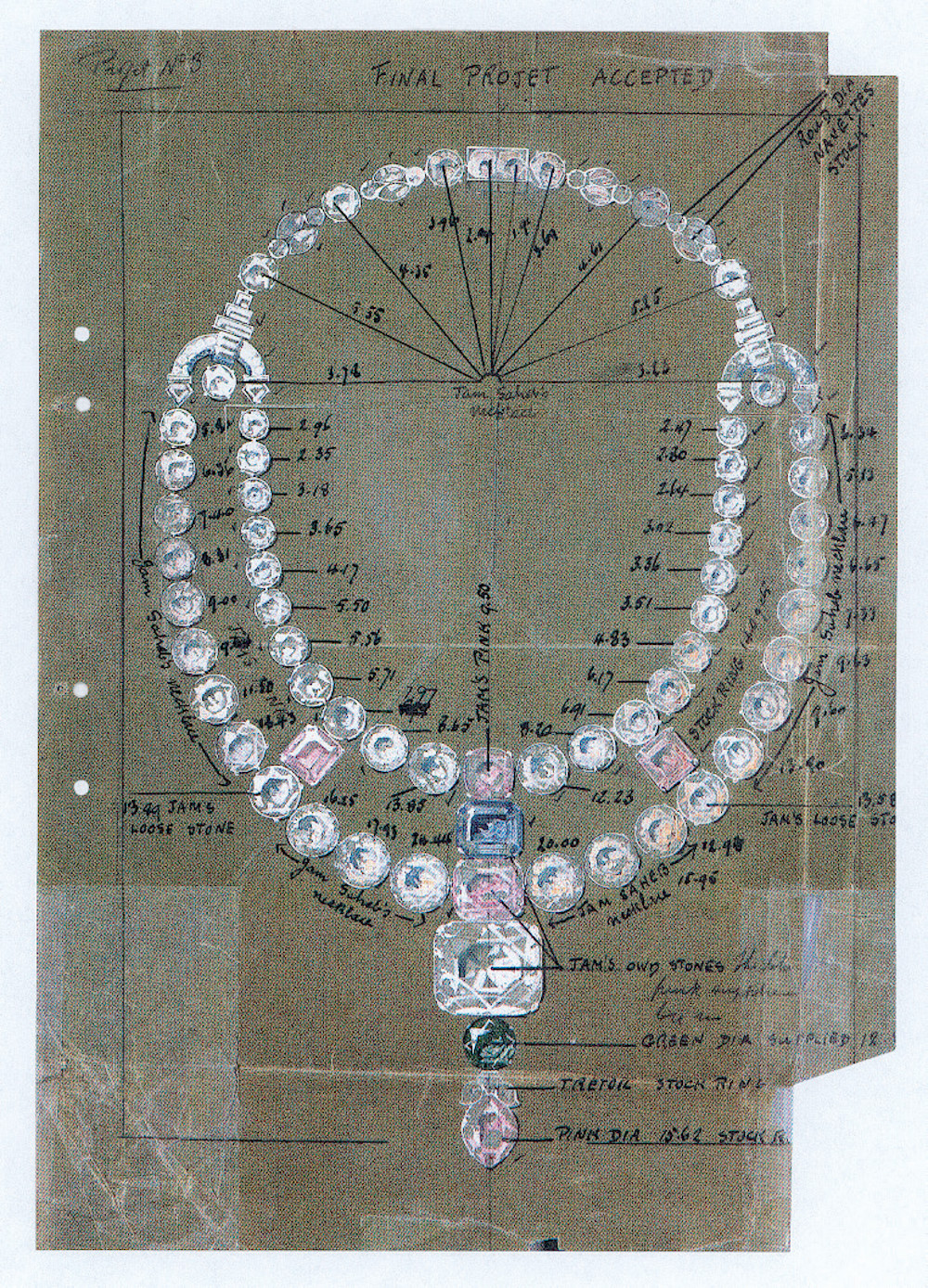
1925
At the Paris Exhibition of Art & Industry, the Diamond Trading Company of F.Friedman & Co. displays a perfect cushion-faceted diamond weighing 137.92 carats. This diamond was named the Queen of Holland, most likely in honour of the Silver Jubilee of Queen Wilhelmina of the Netherlands, which took place in 1923.
1929
The Crash of 1929 and the depression which followed have a very negative effect on the diamond industry in Amsterdam. Since the trade union continues to insist on high wages, many diamond merchants depart for Antwerp (where wages are five times lower), and with them the diamond workers. The number of members of the Diamond Bourse declines by two-thirds.
1936
From 1935 onwards the economy picks up again, the diamond industry revives too. In 1936, on the occasion of the 25th anniversary of the Diamond Bourse, the first Diamond exhibition in the world was successfully organised.
1940-1945
During the German occupation from 1940 to 1945, the great majority of the Jewish population are deported to the extermination camps. Among them are 2800 Amsterdam diamond workers. Only 300 of them survive the camps and return to the Netherlands.
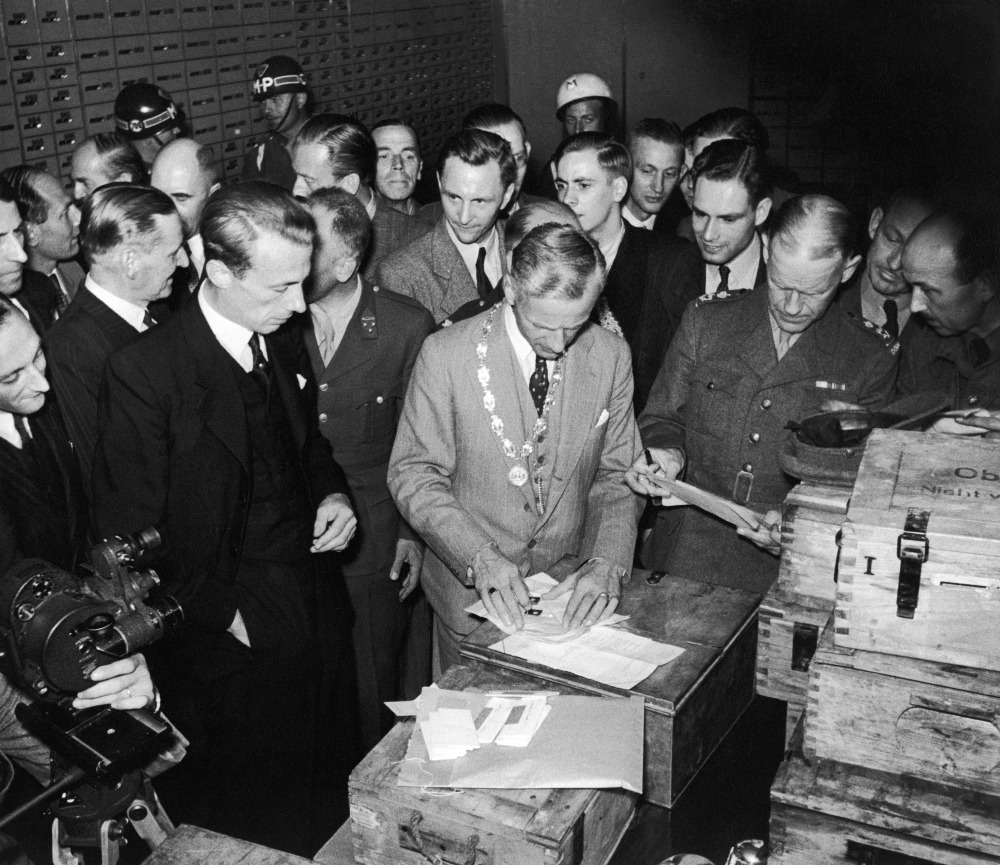
1945
Of the diamonds looted during the war, a portion are traced in the years 1947- 48, and brought back to Amsterdam. With this, a start can be made on the restoration of the Amsterdam diamond industry.
A portion of the diamonds stolen in the Second World War was returned in 1947. This delivery is accepted in the presence of Amsterdam’s mayor d’Ailly.
1949
In 1949 a great exhibition was held in the Diamond Bourse in order to focus attention on Amsterdam as the City of Diamonds. It is visited by 80.000 people. The diamond industries of Amsterdam and Antwerp experience much competition from the new industry in Israel, where people work for lower wages, and for longer hours.
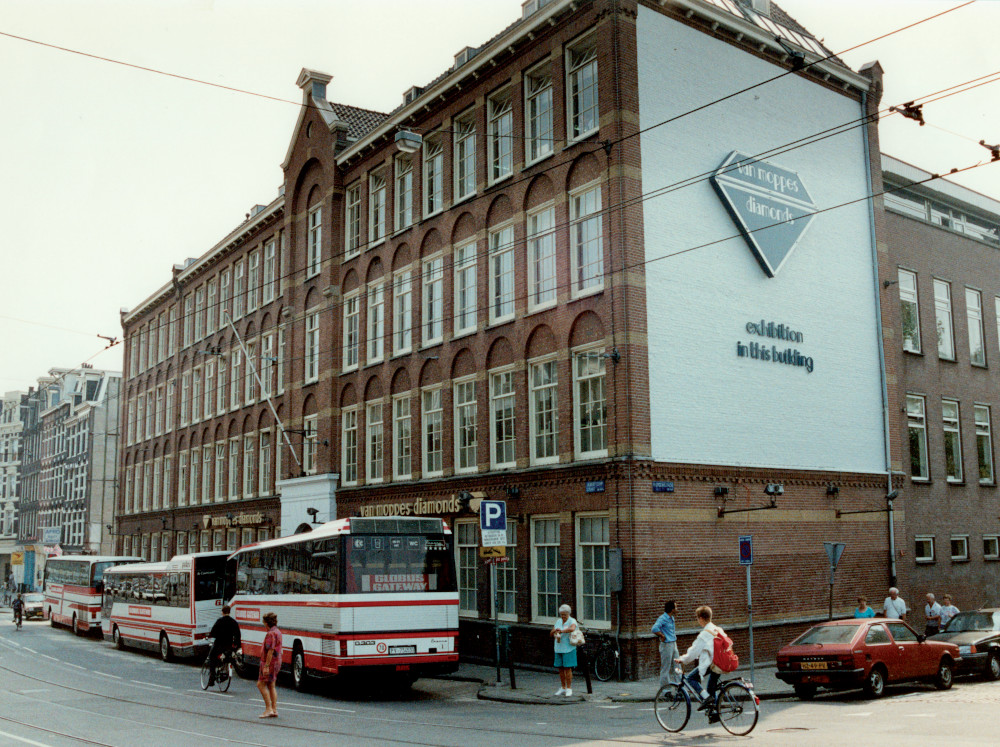
1955
The firm Van Moppes is the first diamond merchant to begin the sale of diamonds to tourists. The tourists were first provided with a conducted tour of the polishing factory, and were subsequently given the opportunity of purchasing diamonds. In the years thereafter, the other diamond merchants follow this example. Partly due to the city’s great appeal for tourists, these companies draw nearly a million visitors annually.
1957
From 21st June to the 14th July, a magnificent diamond exhibition was held once more, this time in the Apollo Hall, where, among other attractions, the famous Hope diamond was to be seen. The artist Eppo Doeve designed the poster.
(Collection: Vereeniging Beurs voor den Diamanthandel)
1959
On the occasion of the 50th birthday of Queen Juliana, the Dutch population collect money, a part of which is used for a wristwatch set with 300 diamonds. This piece of jewellery is designed and manufactured by the jeweller’s house Steltman, of The Hague, while the baguette diamonds are faceted by Ben Meier of the Coster diamond polishing company.
1966
Diamonds were found and cut in Kalimantan (part of Indonesian Borneo) for many centuries. A famous stone was found at the end of the ’sixties of the last century. It weighed 166.8 carats and was called Tri Sakti after the three founding principles of the Republic of Indonesia: ‘nationalism, religion and unity’. The Tri Sakti was polished by the Asscher Company of Amsterdam into an emerald shape of 50.53 carats.
1973
Black jewellery diamonds are rare. Due to their limited sparkle and often great hardness, they are usually pulverised and used for industrial purposes. One of the exceptions is Amsterdam, which in 1972 was cut from a 55.85 carat stone by the Drukker company, a well-known firm in the field of industrial diamonds. The pear-shaped diamond weighs 33.74 carats and was the showpiece at the great diamond exhibition in Amsterdam in 1973. In 2001, the stone was auctioned at Christie’s for a price of $ 352,000.
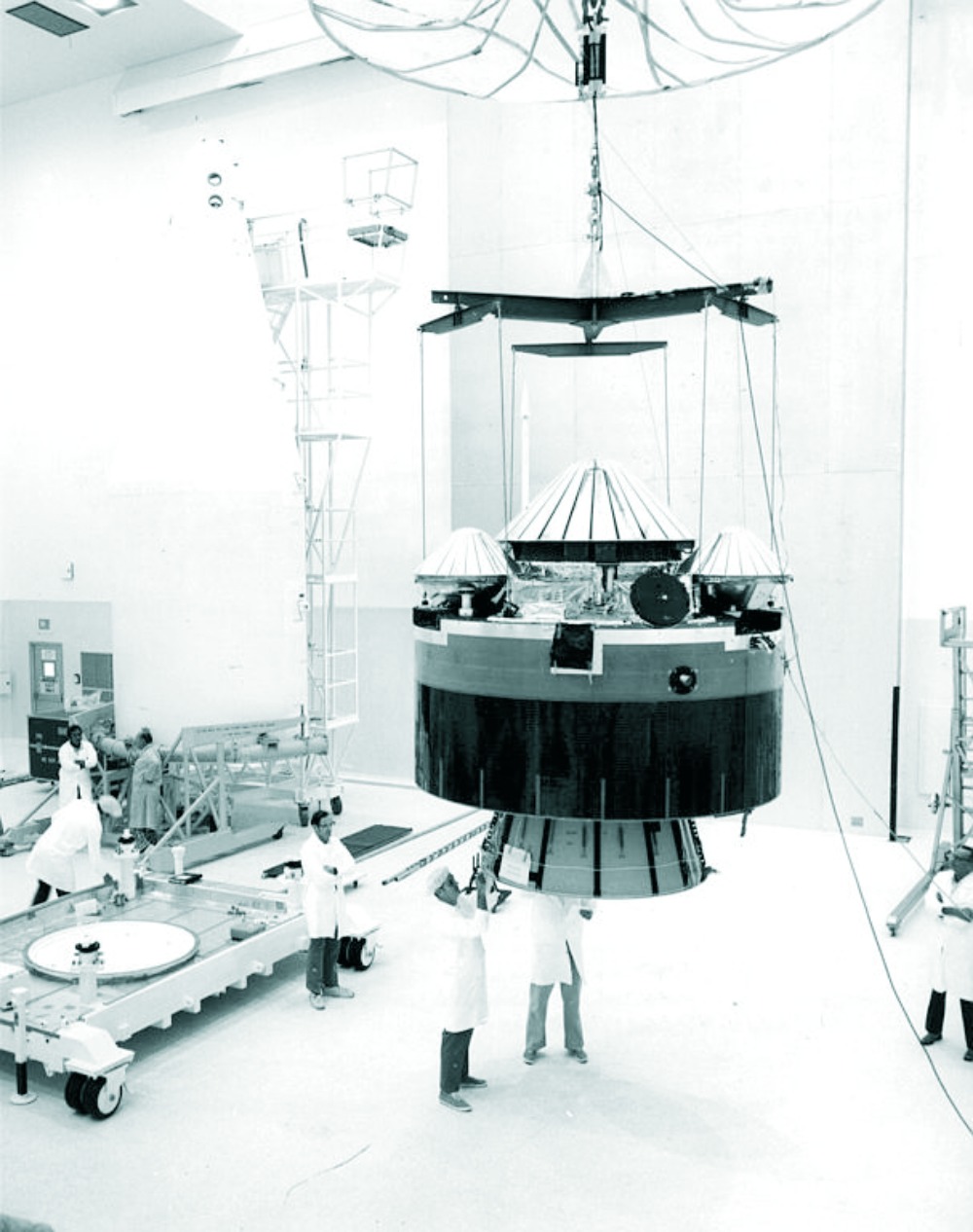
1975
From a 205-carat rough diamond, the firm Drukker polishes a 3 mm-thick round diamond, with a weight of 13.5 carats and a diameter of 18 mm. In 1978, this diamond was shot into space as the window of the spacecraft Pioneer Venus.
The Venus Pioneer Spacecraft.
1979
The Black Rembrandt is the largest polished black diamond in the world (42.7 carats) and is regarded as the hardest ever cut. It took the Dutch polisher Frederik van Nuss more than three years to apply the 57 facets. The stone was found in Zaïre in 1979 and when rough weighed 125.3 carats.
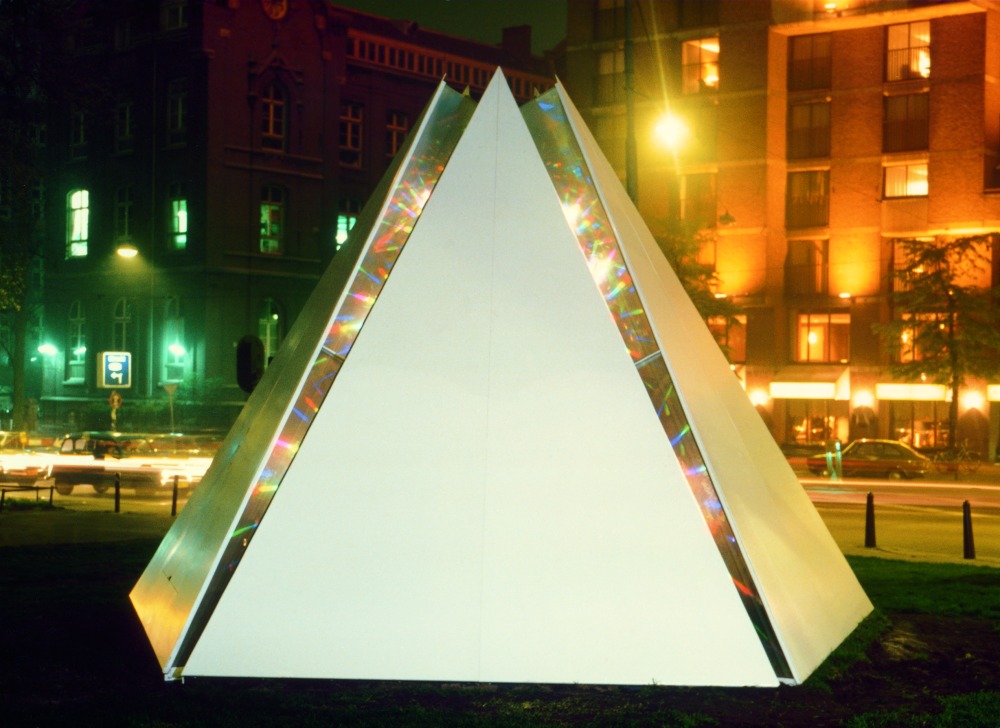
1986
In 1986 Amsterdam’s four centuries of existence as City of Diamonds were commemorated. In the capital, the commemorative monument the A’damant was erected, designed by the graphic artist Joost van Santen, as a tribute to all the thousands of diamond workers and merchants who have contributed to Amsterdam’s having such an excellent reputation in the world of the diamond. Amsterdam Diamond Foundation
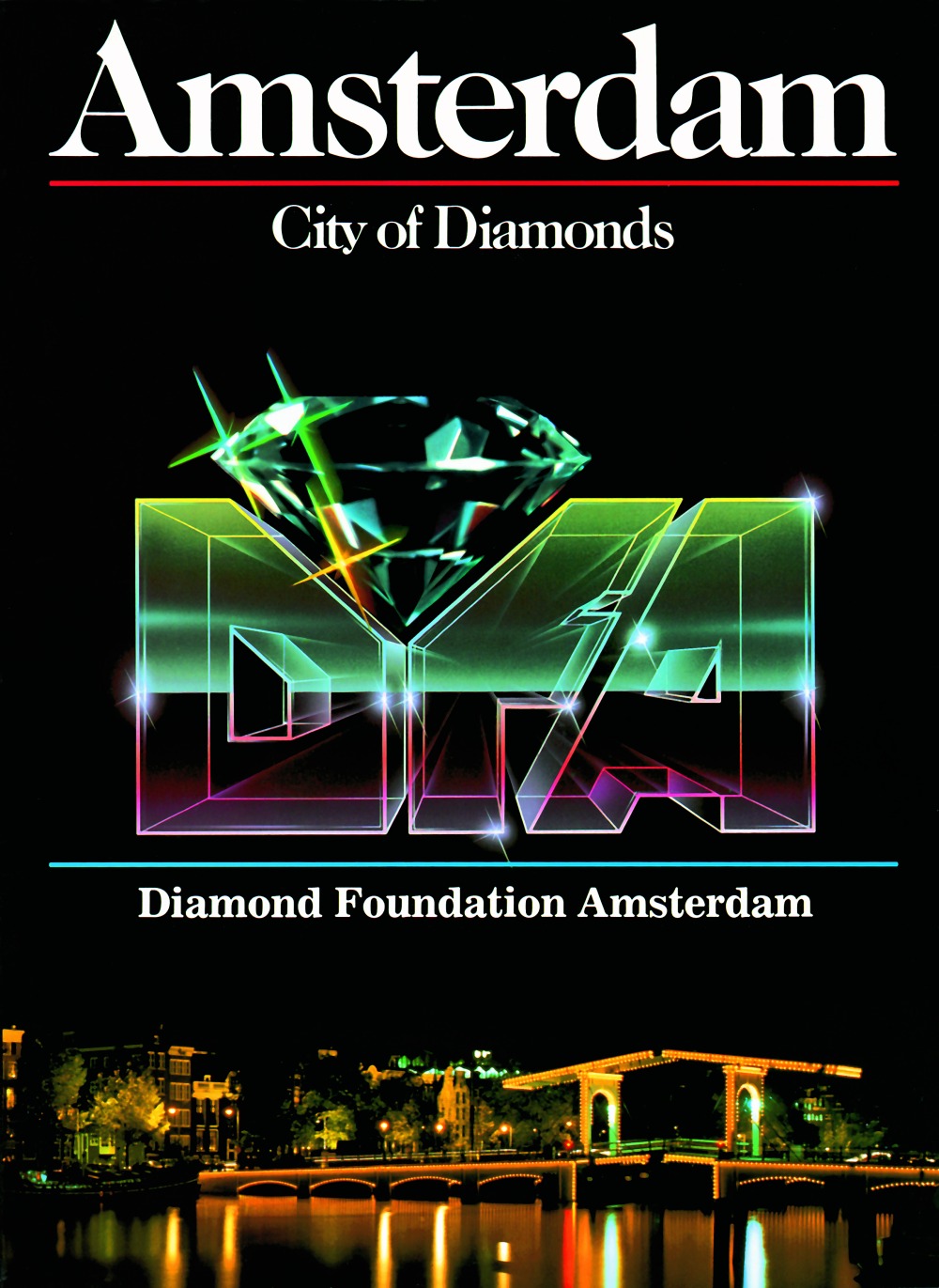
1986
The four largest diamond merchants of Amsterdam - Coster, Gassan, van Moppes and Stoeltie - establish the Amsterdam Diamond Foundation. Until 2003 it engaged in the promotion of Amsterdam, City of Diamonds.
Amsterdam Diamond Foundation Poster.
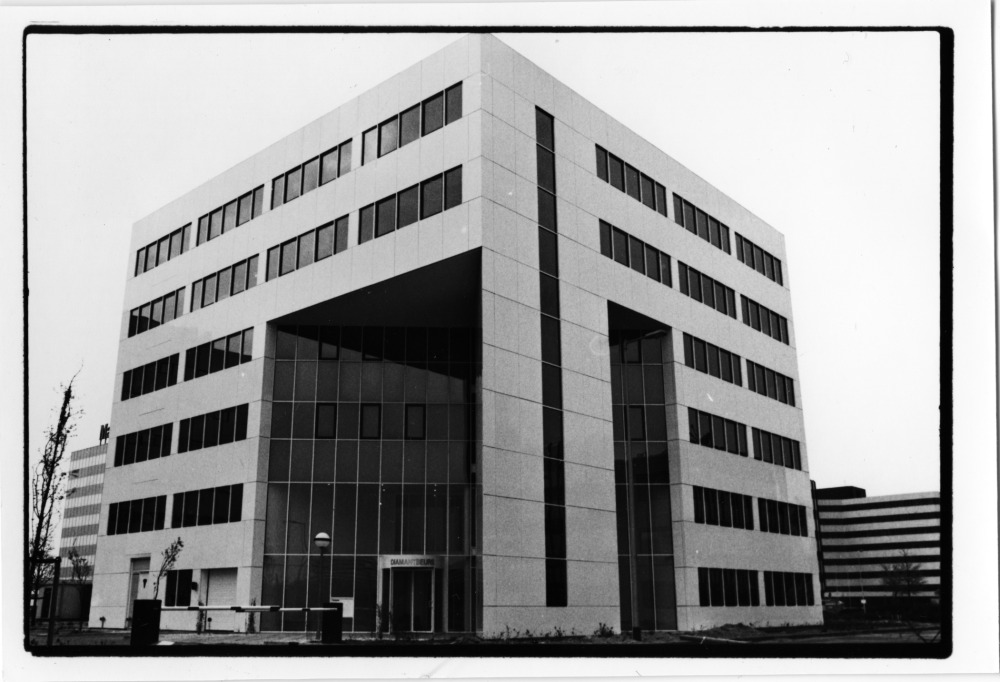
1989
The Diamond Bourse was moved from the old building on the Weesperplein to a floor in an office block in the new district Amsterdam South-East.
1997
For the first time, the Amsterdam diamond merchants collectively receive more than a million visitors to their showrooms. Amsterdam is Europe’s fourth most-visited tourist city.

2001
As a consequence of the attack on the World Trade Center in New York of 9/11, there is a dramatic reduction in the numbers of tourists visiting Europe from the United States and the Far East.
9/11 (Photo:ANP)
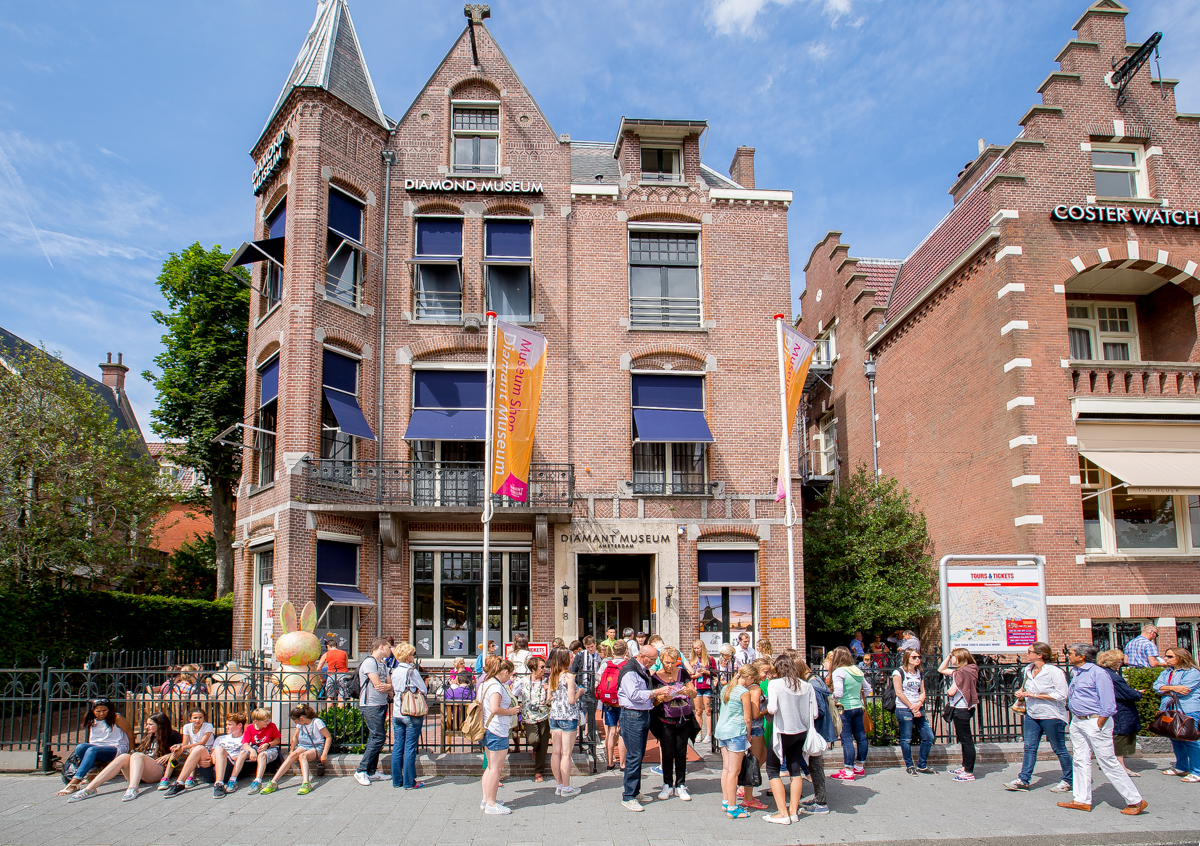
2007
Opening of Amsterdam Diamond Museum
